At the end of April, Woodlawn residents and Hyde Park housing advocates gathered to protest the development of a proposed 26-story, 250-room hotel down the street from the Obama Presidential Center.
The 300-foot-tall building, equipped with three outdoor terraces and a swimming pool, certainly sounds luxurious and even exciting. It is, however, crucial to remember this construction is taking place in Woodlawn—a historically Black neighborhood that is nearly 80 percent African American (compared to just 28 percent citywide) and where over half of renters and nearly half of homeowners are cost-burdened, spending more than 30 percent of their income on housing.
Thus, the April protest likely came as no surprise to anybody. Residents aren’t just worried—they are furious. Once again, the city’s priorities lie with profit, not with the very people who call Woodlawn home.
I’m from Medford, Massachusetts, home to Tufts University. So, I guess you could say I know a thing or two about how it feels to live in a so-called “college town,” where every new development is framed as progress. But, more often than not, these “improvements” are targeted at students, tourists, or, generally, the wealthy—rarely at longtime residents.
Take the recent decision to award a major redevelopment project in Medford Square—a historically significant part of the city, beloved by the community—to Transom Real Estate. The plan includes nearly 300 new apartment units, as well as other classic luxury capitalist features such as a large, urban grocery store and a café. Although 56 of these apartment units are designated as affordable housing, the reality is that the majority cater to higher-income residents, raising continued concerns about gentrification.
These developments in Medford often overlook the voices of longstanding community members, highlighting a concerning pattern where the city’s growth seems to prioritize outsiders over its own residents. As a result, for the past few decades, Medford has felt like a shell of what it used to be; many of the people who gave it character and community have been priced out. I have seen firsthand how development can come at the cost of community.
But, truthfully, I get it. I mean, we are at UChicago—a school that shamelessly trains you to keep your head down, buried in problem sets, internship applications, and the elusive quest for a social life. When you find yourself locked into that kind of academic tunnel vision, it is quite easy to forget where we really are: Hyde Park and Woodlawn. Not just names on our campus map, but real neighborhoods, home to people who didn’t just set up camp for four years but who have built and lived their entire lives here.
For these South Side residents, the effects of development are far from theoretical; they’re realities with immediate consequences. The Obama Presidential Center is already driving up rent in Woodlawn, and its construction isn’t even complete yet. One former resident, Philon Green, told ABC News that his rent increased from about $800 to $1,300. In that same report, Dixon Romeo, an organizer with the Obama Community Benefits Agreement Coalition, put it bluntly: “You’re telling people you don’t want them in the neighborhood.”
And therein lies the rub: development draws the line between who belongs and who doesn’t. The proposed hotel isn’t just any hotel—it’s being spearheaded by a developer with close ties to former President Barack Obama. That connection alone adds a deeper, almost painful irony. A luxury hotel, greenlit by an Obama associate, threatens to displace Black families in Woodlawn—just steps from a presidential center bearing the name of the country’s first Black president.
The Obama Presidential Center is intended to symbolize community empowerment, civic engagement, and hope; these are values that shaped Obama’s presidency and continue to inform his legacy. But, for many longtime Woodlawn residents, those ideals ring hollow as they watch their rents climb and their neighbors be forced out. This historically Black, working-class neighborhood is being transformed by high-end developments catering not to its community members but to wealthier outsiders drawn in by the very monument meant to celebrate progress.
To be clear, I’m not against economic development—I’m against displacement. I’m against the illusion that development and displacement are unrelated. Economic investment can be a force for good, but only when it’s rooted in justice and equity. Without serious, community-centered planning and protections, such as a binding Community Benefits Agreement, the positive effects of development fall far short, and the Obama Center is a prime example. The Center risks becoming a symbol of contradiction: a monument to opportunity, contributing to the erasure of the community it is meant to uplift.
If something is going to be built next to the Obama Center, it should reflect the very values that the Center claims to embody. That means making sure families who have lived in this neighborhood for decades aren’t pushed out but prioritized and protected.
There’s still time. The city can still press pause. Community members have already taken action, not just through protests, but through policies such as the Woodlawn Preservation Housing Ordinance. And yet, without accountability and deeper protections, none of that may be enough. Because if, or rather, once that hotel goes up, it’ll disrupt a lot more than just the Woodlawn landscape. It’ll change who remains to see it.
Zoe Kalaw is a third-year in the College.



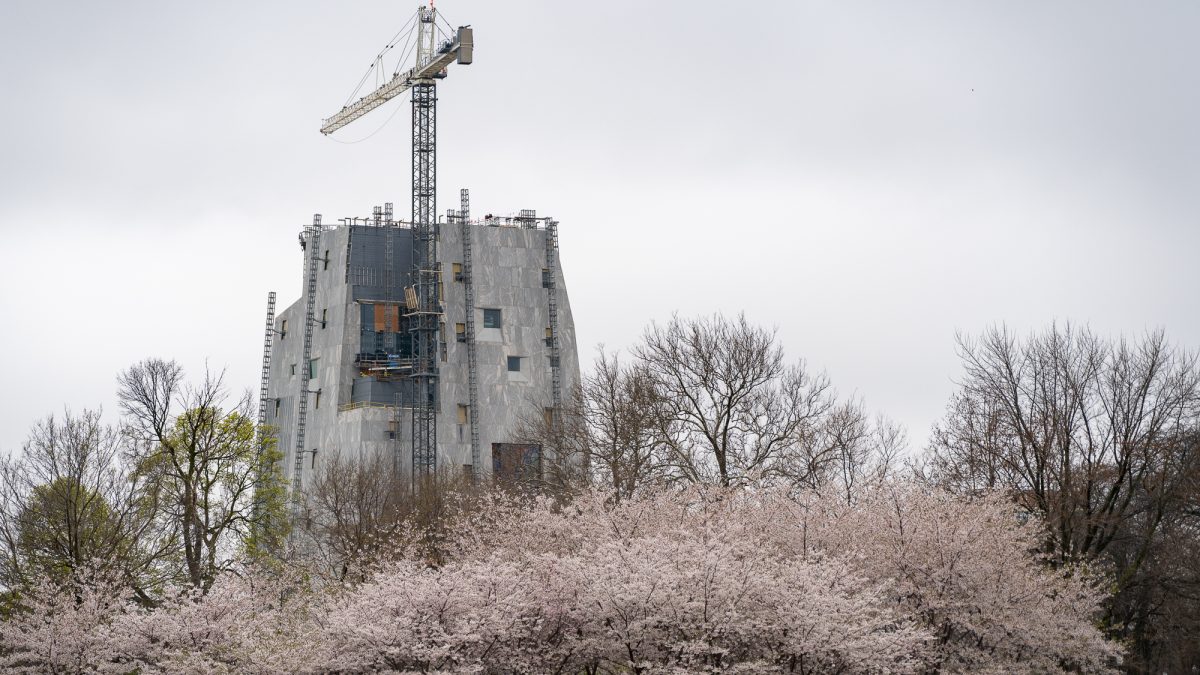

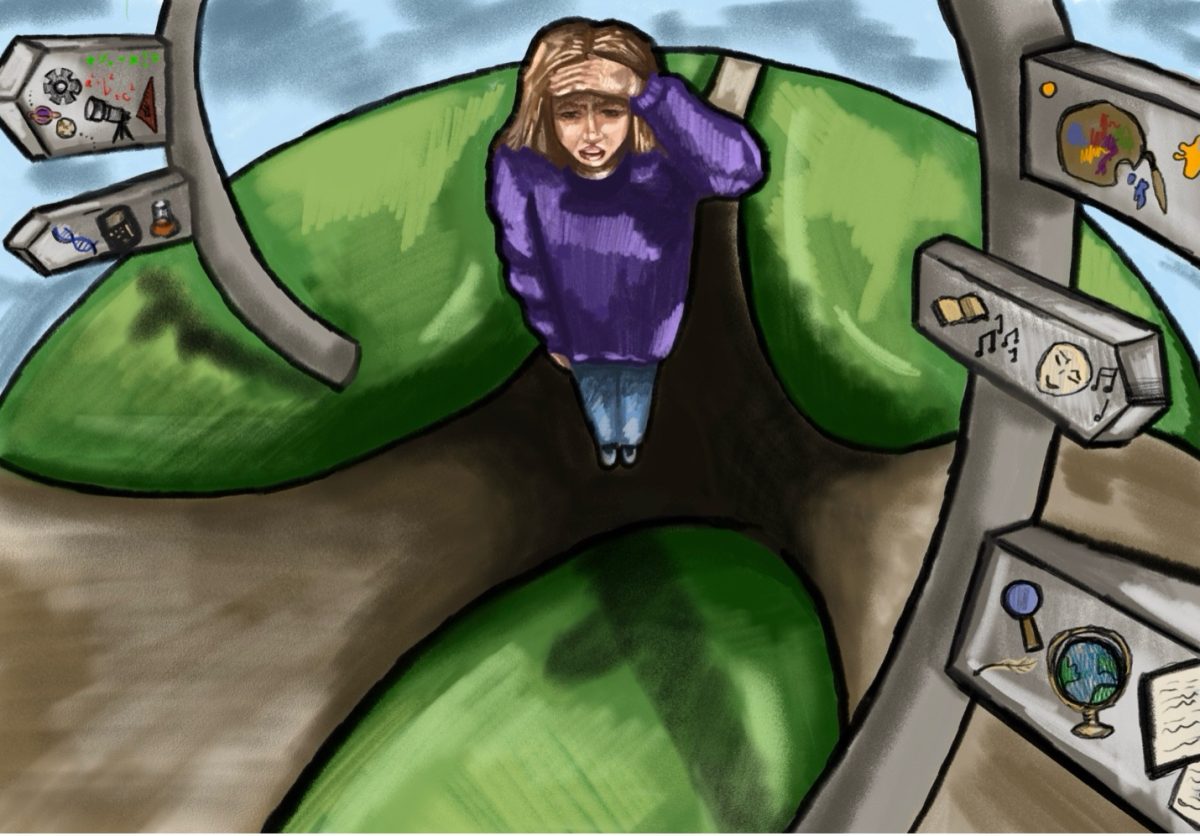
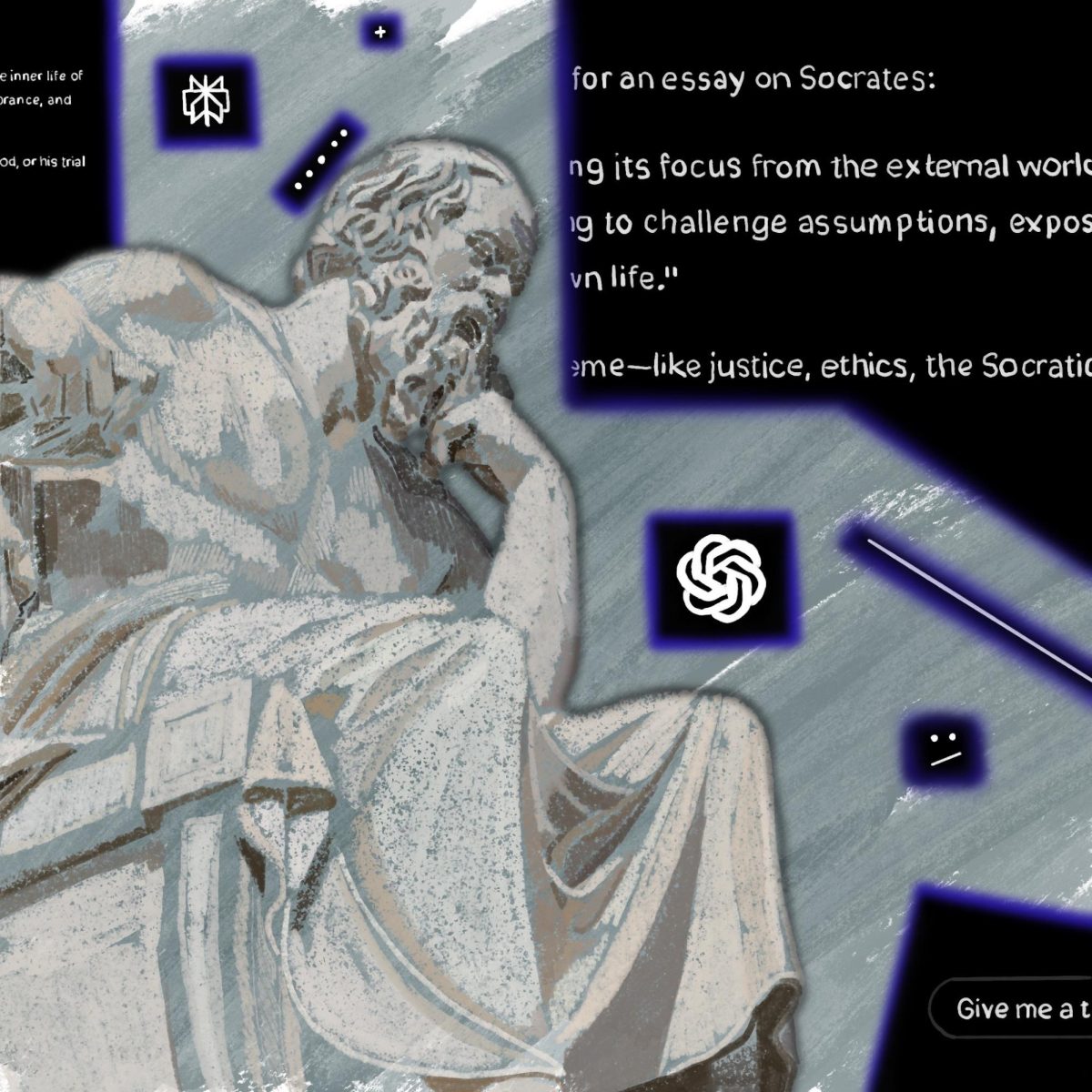


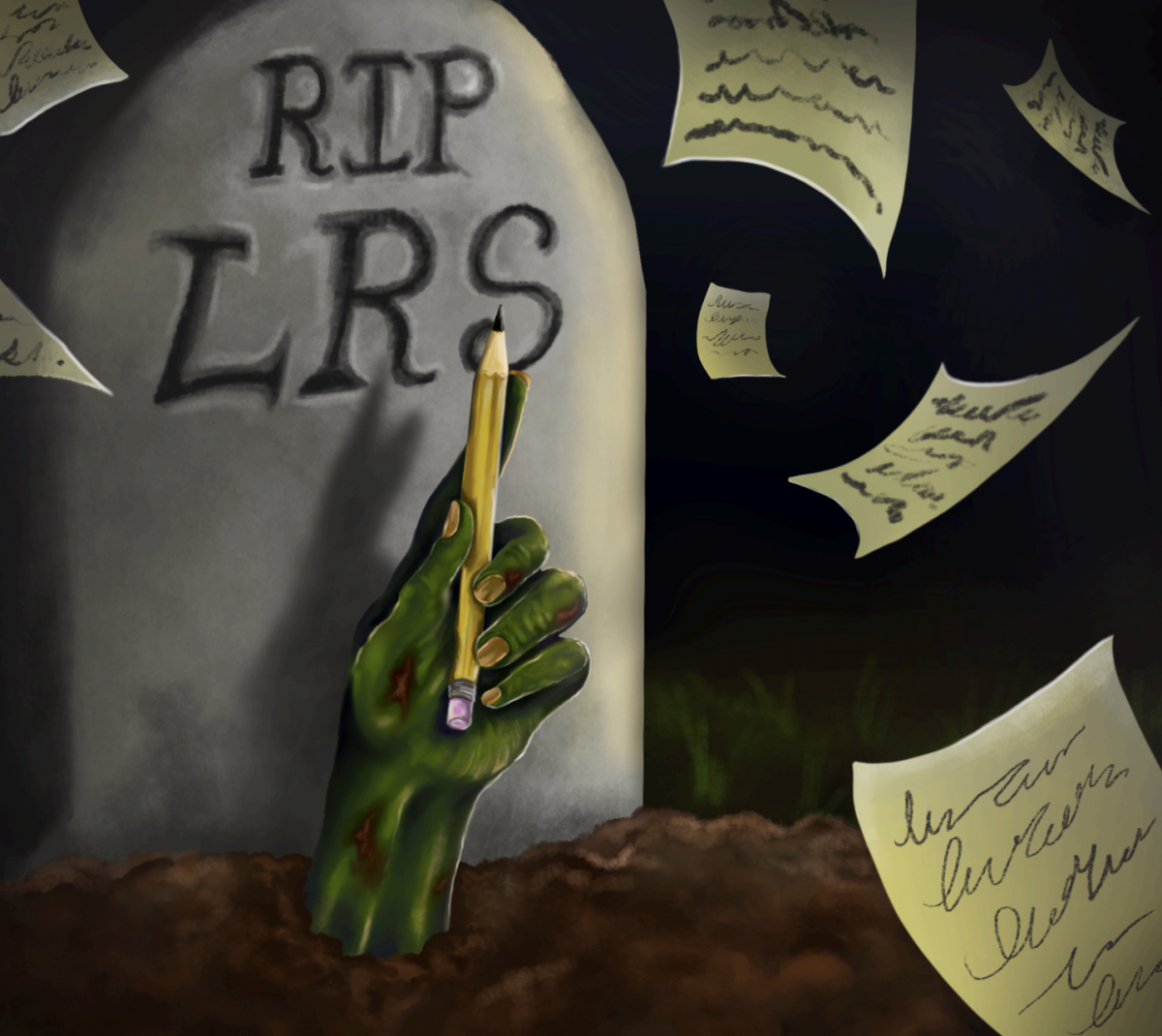



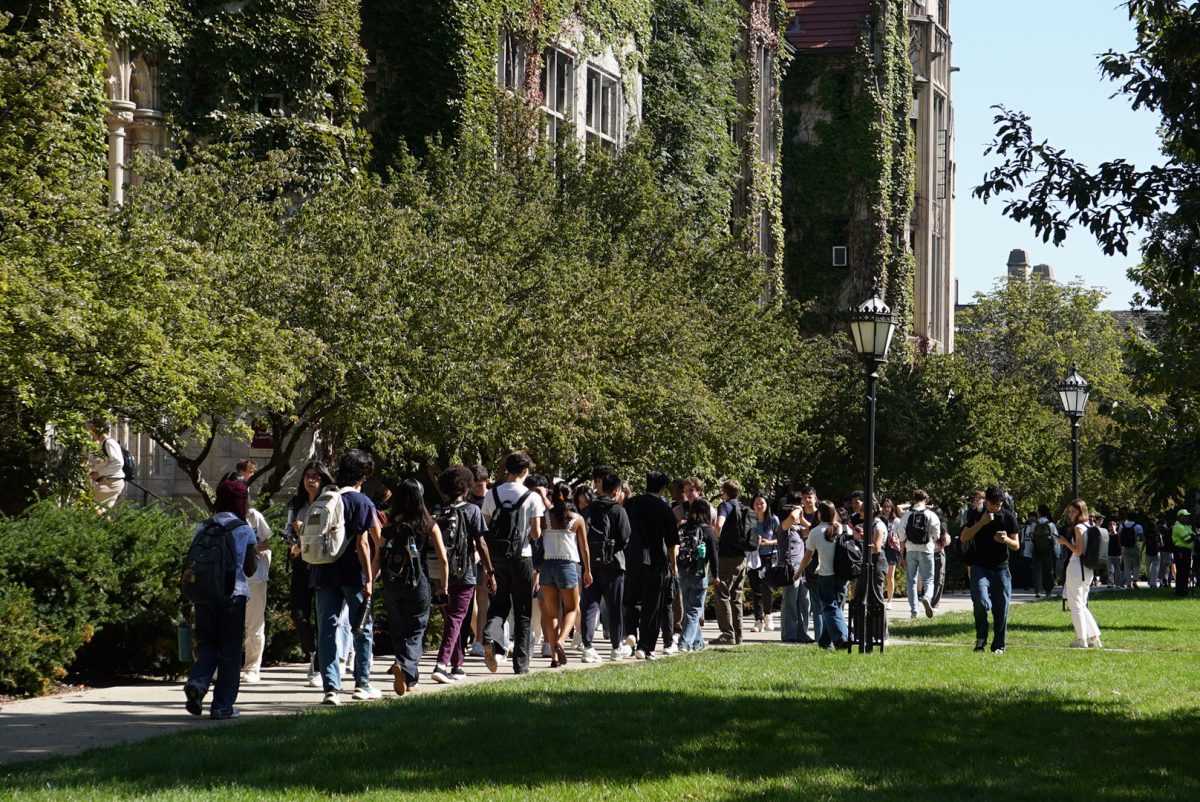
YIMBY / Oct 14, 2025 at 5:49 pm
Ill-informed and shortsighted NIMBY take. If this author had her way, poor neighborhoods would stay poor and wouldn’t get public goods like libraries or businesses to improve the area. All the Woodlawn residents I’ve spoken to are excited about the development and grateful the library has made the park safer. Same goes for Medford and Tufts. Stopping construction is rarely a sign of progress.